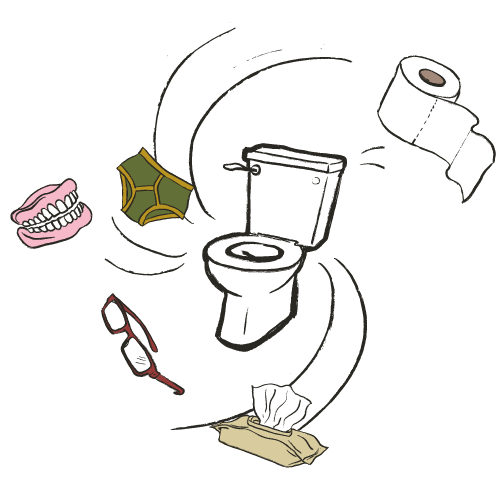But how can you tell if something is going wrong? Here are a few signs to look out for that might mean your system isn’t working as it should be…
Taking the time to check, maintain and empty your system not only saves you money in the long run, but also helps prevent sewage leaking into our natural environment.
Check your system regularly for issues like dark, smelly pipe discharge or slowly clearing drains.
Look out for signs that your drainage field may be clogged up. Is the area spongy or has lots of lush vegetation?
Your system should be emptied regularly by a licensed contractor, who will transport the contents to a local sewage works.
If you are not sure about how well your system is working, then ask your emptying contractor for advice. They may be able to carry out a system health check.

It is also worth checking your plumbing and drainage connections to make sure that rainwater is running into the surface drain network rather than into your septic tank. Similarly, water from sinks, toilets and washing machines should always go into the sewage system.
Pipe misconnections can often be found in older properties, extensions and outbuildings/garages if washing machines have been plumbed in.
Generally, you should also avoid pouring paints, oils and chemicals down the drains. If you’re washing your car try to use eco-friendly cleaning materials. In the garden, reduce the use of fertilisers and chemicals like slug pellets and weed killers as these can all wash off into the surface drain systems and then ultimately into our becks and rivers.
Download our Fact Sheet